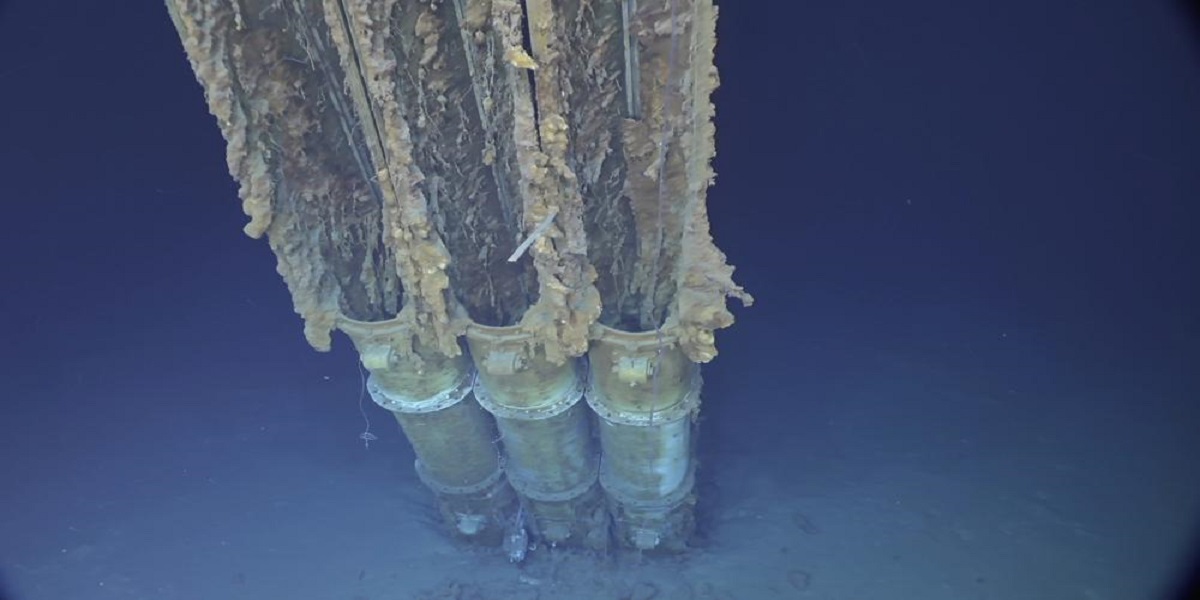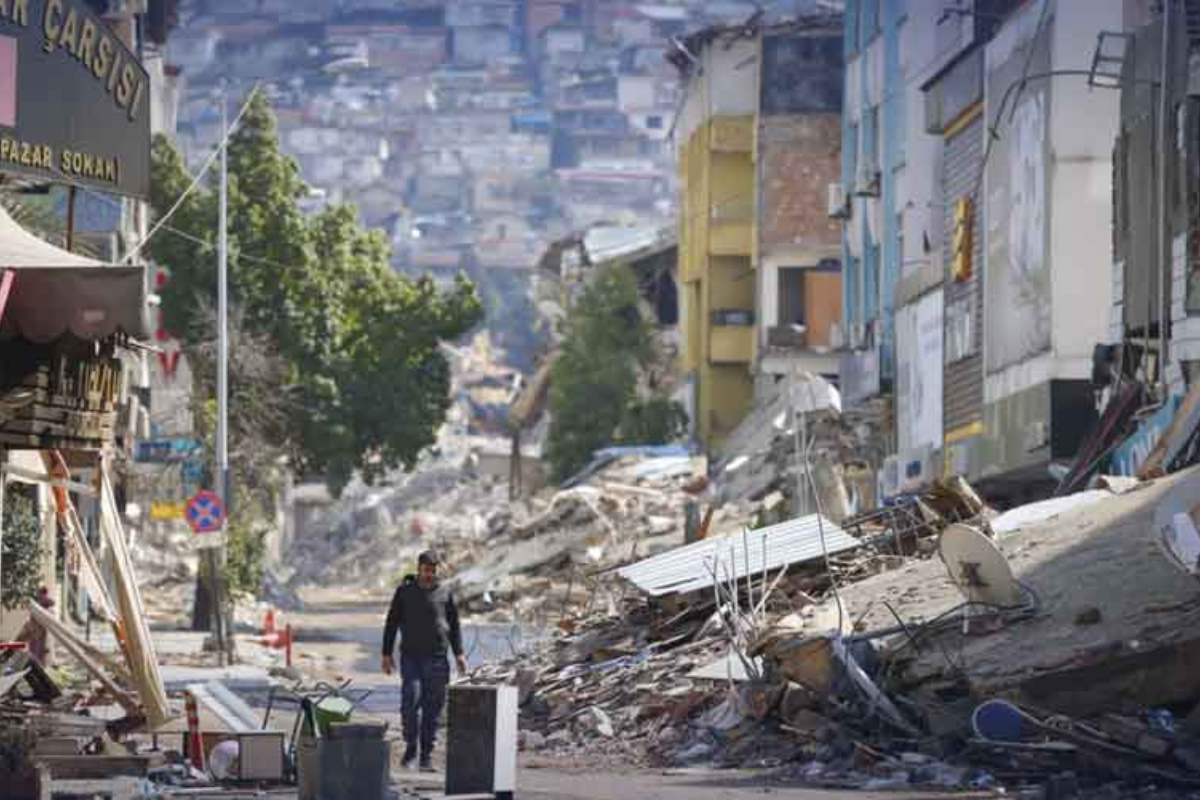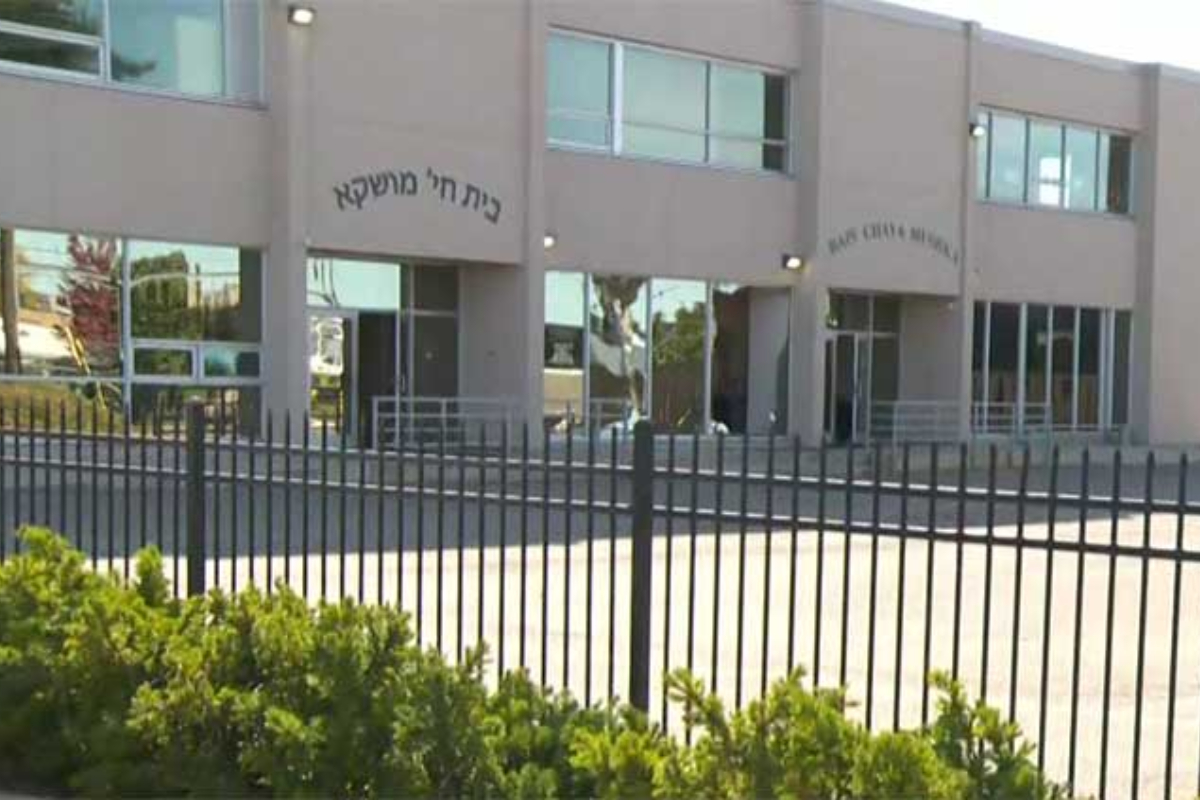- The deepest wreck ever found is a U.S. Navy destroyer.
- It fought a superior Japanese fleet in the greatest naval battle of World War II in the Philippines.
- The USS Samuel B. Roberts, often known as the “Sammy B,” was discovered on Wednesday
According to explorers, the deepest wreck ever found is a U.S. Navy destroyer that fought a superior Japanese fleet in the greatest naval battle of World War II in the Philippines.
In two parts on a slope at a depth of 6,985 meters, the USS Samuel B. Roberts, often known as the “Sammy B,” was discovered on Wednesday (22,916 feet).
This makes it 1,400 feet deeper than the USS Johnson, the previous deepest wreck, which was also uncovered by American explorer Victor Vescovo, founder of Dallas-based Caladan Oceanic Expeditions, last year in the Philippine Sea. Together with the UK-based EYOS Expeditions, he announced the most recent discovery.
Former Navy commander Vescovo said in a statement: “It was an unbelievable honor to locate this immensely famous ship and, by doing so, have the ability to convey her narrative of valor and devotion to others who may not be aware of the ship and her crew’s sacrifice.”
The Sammy B. took part in the Battle off Samar, the last battle of Leyte Gulf in October 1944, where the Imperial Japanese Navy lost the most ships and failed to drive American forces from Leyte, which they had earlier invaded as part of the liberation of the Philippines.
Read more: Japan turns away from post-WWII pacifism as China threat grows
Records claim that the destroyer used a torpedo to disable a Japanese heavy cruiser and seriously damage another. She was seriously damaged by the leading battleship Yamato and lost after using nearly all of its ammo. Lt. Cmdr. Robert W. Copeland, the captain, was among the 120 crew members who were saved out of a total of 224.
Copeland said there was “no higher glory” than to have led the troops who showed such incredible bravery entering battle against overwhelming odds, from which survival could not be expected, according to Samuel J. Cox, a former admiral and navy historian.
Cox stated in a statement that the location is a “hallowed war grave” and serves to remind all Americans of the heavy price paid by earlier generations for the freedom we now take for granted.
The explorers claimed that before to the discovery, historical accounts about the location of the ship were not very reliable. According to EYOS, the search required the use of the deepest side-scan sonar ever mounted and used on a submersible, much beyond the typical commercial restrictions of 6,000 meters (19,685 ft).





















